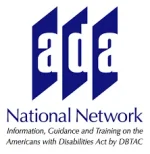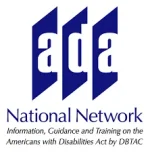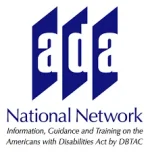To determine if an animal is a service animal, you may ask two questions:
The handler is responsible for the care and supervision of his or her service animal. If a service animal behaves in an unacceptable way and the person with a disability does not control the animal, a business or other entity has the right to ask that the dog be removed. A business also has the right to deny access to a dog that disrupts their business or poses a direct threat to the health and safety of others. For example, if a service dog barks repeatedly or growls at customers, it could be asked to leave.
Service animals in-training are not specifically addressed in the ADA. However, some state laws may afford service animals in-training the same protections as service animals that have completed their training.
- Is the dog a service animal required because of a disability?
- What work or task has the dog been trained to perform?
- You may not ask about the nature or extent of an individual's disability
- You may not require proof that the animal has been certified, trained or licensed as a service animal
- You may not require the animal to wear an identifying vest or tag
- You may not ask that the dog demonstrate its ability to perform the task or work
The handler is responsible for the care and supervision of his or her service animal. If a service animal behaves in an unacceptable way and the person with a disability does not control the animal, a business or other entity has the right to ask that the dog be removed. A business also has the right to deny access to a dog that disrupts their business or poses a direct threat to the health and safety of others. For example, if a service dog barks repeatedly or growls at customers, it could be asked to leave.
Service animals in-training are not specifically addressed in the ADA. However, some state laws may afford service animals in-training the same protections as service animals that have completed their training.















